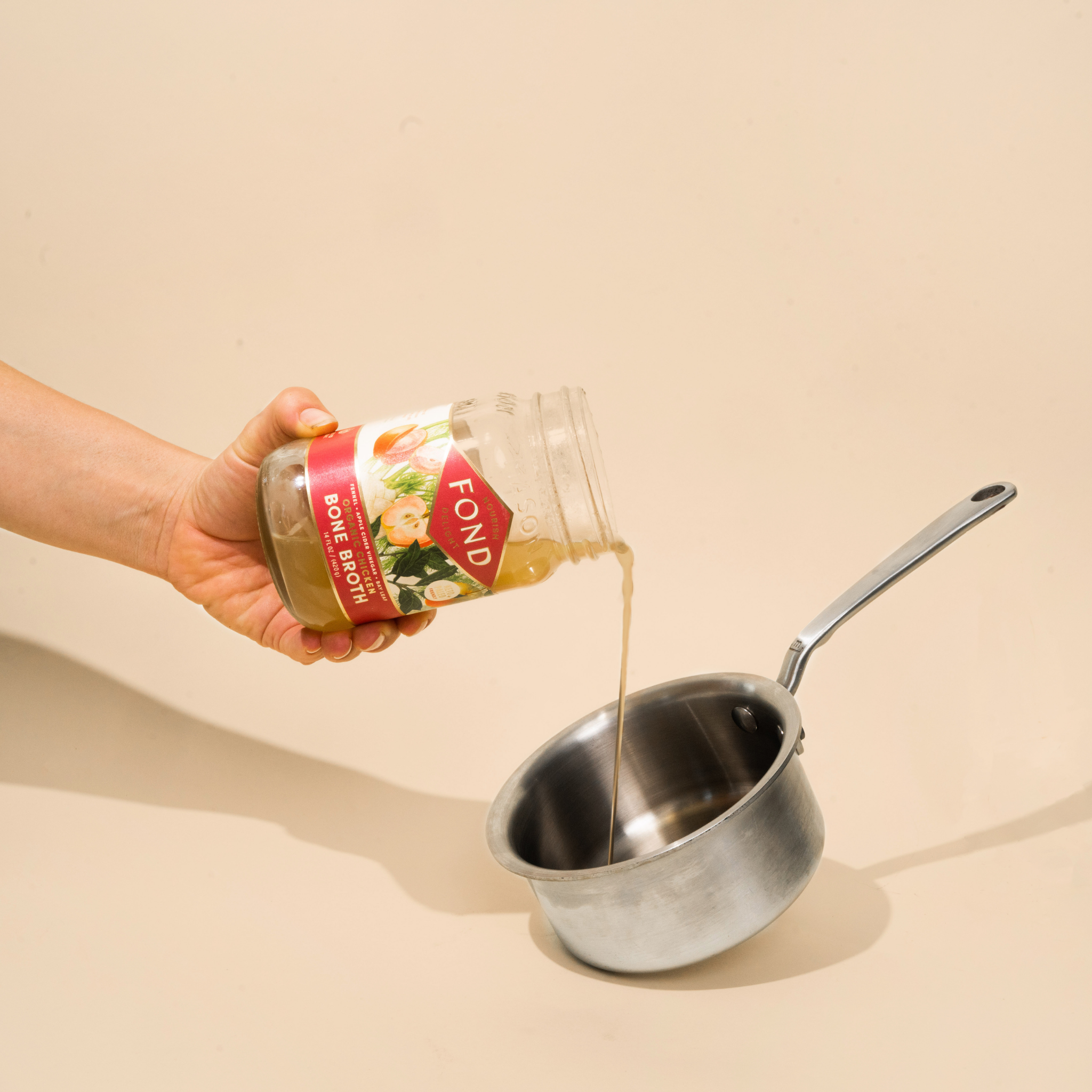The idea of eating healthier, exercising more, or keeping the house more tidy sounds great, but the tricky part is often staying consistent, and knowing where to start in the first place. At the end of the day, each of these behaviors is a habit, and creating new habits can be difficult. But it doesn’t have to be! Today, I’m breaking down a few of my top tips for finally getting started with whatever you’ve been wanting to work on.
What are habits?
Simply put, habits are small decisions you make and actions you take every day. Without realizing it, about 40% of our behaviors/tasks on a given day are habitual. Some, we’re more conscious of, but others we may not even notice we’re doing. For example, most of us pick up our phones dozens of times a day without even realizing we’re doing it. We may reach for a snack without even considering if we’re hungry. Habits go both ways - they’re an incredible asset in reducing decision fatigue throughout the day, but they may also reinforce some behaviors that we’d rather shake.
How can I change my habits, or build new ones?
- Start small and increase slowly. Too often, we start with a momentous goal that leaves us feeling overwhelmed, and we wonder where we should even begin. Instead, aim for realistic habits instead. Want to meditate or journal? Start with one-minute a day and build from there. This is a boring answer in a world that values instant gratification, but it’s part of the path to truly sustainable habits.
- Consistency is key. At the end of the day, the most ambitious habit goals don’t mean much if you only stick to them for a few weeks (or days!) before throwing in the towel. Instead, focus on staying the course, and take it one day at a time (thinking weeks or months ahead is overwhelming). Two key things here. The first - don’t have an all-or-nothing mindset. Five minutes of exercise is better than none at all, and those five minutes reinforce the habit. Every day doesn’t need to be a marathon. The second - if you slip, get back on track quickly. The first mistake is never the one that sets you off course. Instead, it’s the flurry of slip-ups that often follow. As habit expert James Clear always says, “missing once is an accident. Missing twice is the start of a new habit.”
- Focus on the process, not the outcome. If the only thing on your mind is the ultimate goal, you’ll have a hard time changing the systems that led to that outcome. For example, if losing weight is your goal and you’ll do anything necessary to reach it, you might use unsustainable methods that are hard to stick to in the long-term or worse, that backfire and leave you worse than you started. Instead, focus on the “how” behind getting to the goal. Surprise - this involves habits! Find sustainable ways to reach your goal that feel like actions you can continue taking for the long-haul. This will ensure that your new habit actually sticks, and that once you reach your goal, you’ll be able to maintain it.
- Change your environment. I don’t mean to pack up and move to a new house or state. That’s not realistic! What I actually mean is to change the cues and environments that lead to habits you might want to change. Do you find you’re always grabbing your phone the minute you wake up? Keep it outside of your bedroom. This can work the other way, too. If your goal is to add more vegetables into your day, make that easier on yourself! Rinse and chop your veggies ahead of time so that they’re ready for you to use when you need them. I talk more about how I did this with bone broth here.
- Stack habits. Want to meditate regularly? Tack it onto something you already do in your morning, like brushing your teeth or having your morning beverage. The same goes for anything else you might want to implement; pair that behavior with something that you already do regularly. That already-regular habit is a cue for the new habit, and it will help you stay consistent.
- Focus on “future you.” This may just be my favorite tip of all, because it’s so inspiring and effective. When faced with a situation where you’re choosing between the old habit/behavior or the new one you want to adopt, think about the person you want to become. This strategy is two-fold. First, how will “future you” feel if you make one decision vs the other? How will you feel if you go for a walk or sit on the couch, or if you grab a snack when you’re not hungry instead of working on that task you’ve been procrastinating on (or am I the only one that snacks to avoid my to-do list ;)). The second piece to this involves flipping the script. Instead of saying to yourself “I want to change my morning routine” or “I want to stop procrastinating”, you can say “I am a healthy person with a balanced morning routine” or “I am a productive, focused person.” Sometimes, having this identity in mind matters a whole lot more than one specific outcome.















































